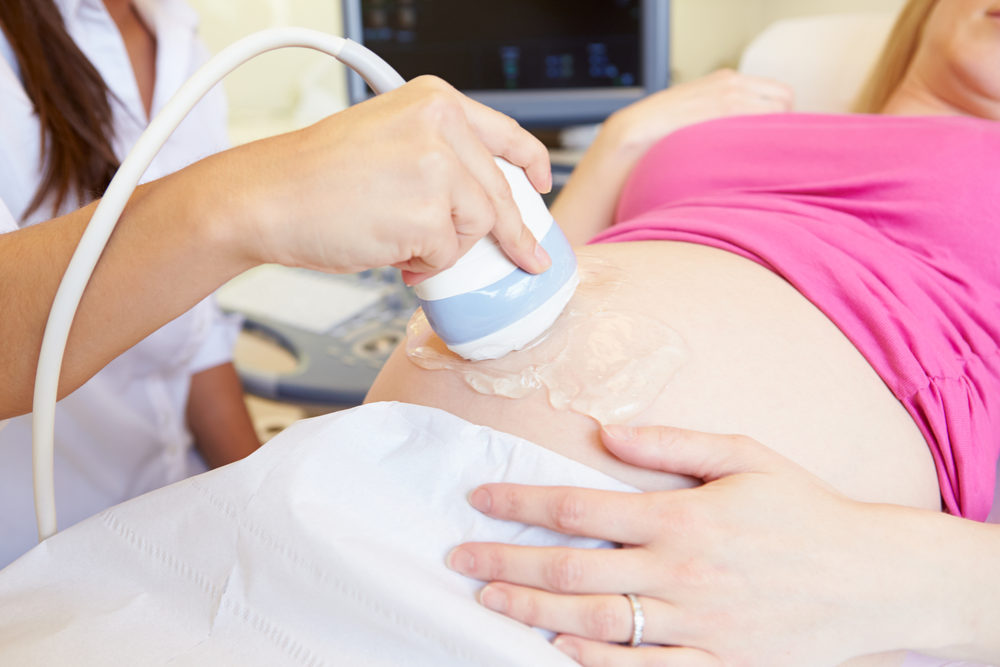C-Section Deliveries May Pose Long-Term Risk To Mother And Child: Study

Undergoing a c-section may increase certain risks for both the mother and baby after delivery, according to the findings of a new study.
In findings published in the journal PLOS Medicine on January 23, researchers indicate that women who have cesarean section deliveries face a higher risk of miscarriage and stillbirths in later pregnancies. C-sections also pose risks to the baby as well.
Researchers from the U.K. analyzed data from nearly 80 large studies including nearly 30 million subjects. The data indicates having a c-section did have some benefits. Women who had c-sections had a reduced risk of urinary incontinence, which is often a risk for those who have vaginal births.

Did You Know?
Change Healthcare Data Breach Impacts Millions of Customers
A massive Change Healthcare data breach exposed the names, social security numbers, medical and personal information of potentially 100 million Americans, which have now been released on the dark web. Lawsuits are being pursued to obtain financial compensation.
Learn MoreSimilarly, the risk for pelvic organ prolapse was also reduced. Pelvic organ prolapse is a complication which weakens the muscles of the abdomen that hold the organs in the pelvis in place. However, despite the data indicating benefits to mothers who have c-sections, those women and their babies also experience increased risks; some serious and life-threatening.
For women who have a pregnancy after a c-section, they have a 27% increased risk of having a stillbirth. They also have a 17% increased risk of miscarriage in subsequent pregnancies. However, c-sections did not increase the risk of perinatal mortality.
Women who have a c-section also had a threefold risk of experiencing placenta previa, placenta abruption, and placenta accreta. They also have an increased risk of experiencing other placental problems before and during birth.
Placenta previa is when the placenta grows in the lowest part of the uterus, blocking the opening of the cervix and causing complications for delivery. Placenta abruption is when the placenta pulls away from the wall of the uterus before delivery. Placenta accreta is when the placenta grows in or beyond the uterine wall. All three cause serious complications for the pregnancy and delivery.
These are serious risks, but occur rarely in pregnancies. When they do occur, they can threaten the life of both the infant and mother.
Having a c-section also increased the risks to the baby. Children delivered by c-section had a 21% increased risk of having asthma by age 12. They also had a 60% increased risk of obesity by age 5.
“When compared with vaginal delivery, cesarean delivery is associated with a reduced rate of urinary incontinence and pelvic organ prolapse, but this should be weighed against the association with increased risks for fertility, future pregnancy, and long-term childhood outcomes,” the researchers concluded. “This information could be valuable in counseling women on mode of delivery.”
While c-sections may cause serious risks to both mother and child, at times they are quite necessary due to other medical problems, making it the only safe means of delivery.
However, rates of c-section continue to rise around the world, oftentimes not only because of delivery complications. Researchers noted the 2016 rates of c-section were 24% for Western Europe, 32% for North America, and 41% for South America.





0 Comments